The Origins of the “Marimo” Name of Cladophora Aegagropila
Legend has it that long ago the daughter of a chief from a tribe living near Lake Akan in Japan fell in love with a commoner. When her parents opposed the union, the couple ran away but tragically fell into the lake and sunk to the bottom. According to the myth, it was here that they turned into Marimo moss balls and why this plant is now known as a token of love, affection and good luck.
The Meaning of “Marimo”:
Cladophora aegagropila are more commonly known as Marimo moss balls. The name “Marimo” was bestowed by a Japanese botanist -Tatsuhiko Kawakami in 1898. The name, however, is somewhat of a misnomer as ‘mari’ means ball and ‘mo’ means algae in Japanese. Due to the negative implications of the term ‘algae, ‘these balls are usually referred to as moss even though they are formed by strings of algae rolled together to form a ball.
Considered a national treasure in Japan, they are often called a “love plant.” When given as a gift, they are purported to help accomplish the heart’s desires. If that’s not enough of a reason to begin growing your own colony of moss balls, they are also incredibly easy to care for and don’t require a lot of attention.
Basic Marimo Moss Balls Facts:
Marimo moss balls originate in cold, freshwater lakes such as Lake Akan, Japan and Lake Myvatn in Iceland. The balls are formed by strings of algae rolling around in the shallow edges of lakes rounding out into spheres.
The balls are green all the way around ensuring that they can photosynthesize no matter which way they roll. In their natural habitat they rise and fall when the algae photosynthesizes rapidly causing oxygen carry them to the surface. When the light lessens, the balls sink back to the bottom.
Inside of the balls are dormant chloroplasts which become active after being broken apart. While the balls often divide on their own and form into new moss balls due, it’s possible to create your own colony. To propagate your own moss balls you simply divide an existing ball in two and then form the resulting parts into balls by rolling them around in your hands.
Marimo moss balls can grow in a wide range of temperatures but seem to do best in colder water environments and exposed to light. Though the moss balls grow very gradually, typically at a rate of about 5 millimeters a year in their natural habitat, in an aquarium with added fertilizer they can grow much faster.
They require little by way of maintenance, with the water needing to be changed just once a week. To clean the moss balls you simply remove them from the tank and gently squeeze, as you would a sponge.
Be prepared to hang onto your colony of little treasures for a while as the oldest recorded Marimo Moss ball is over 100 years old.


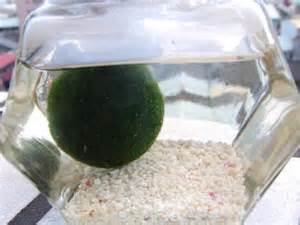

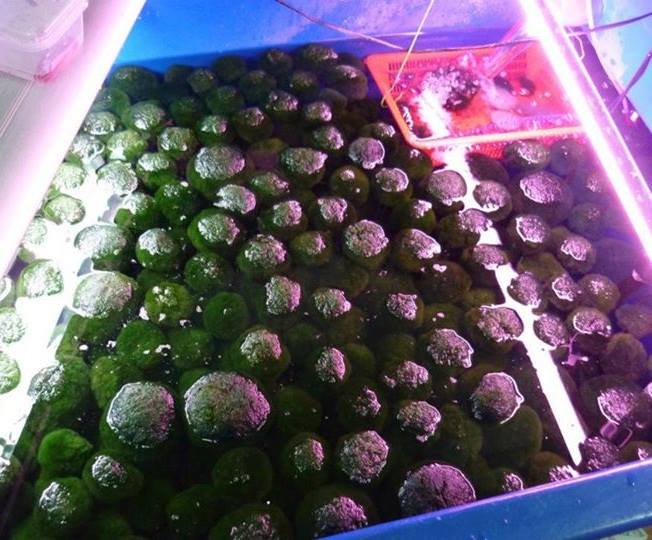
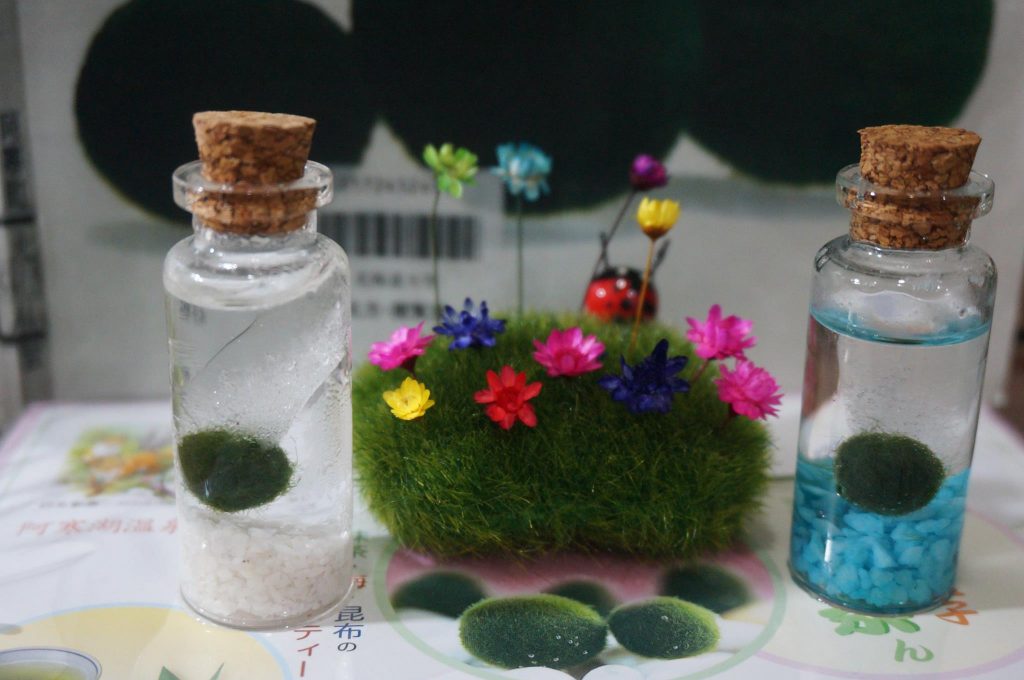
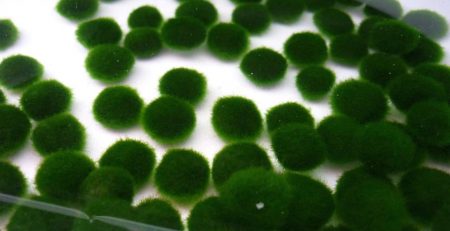
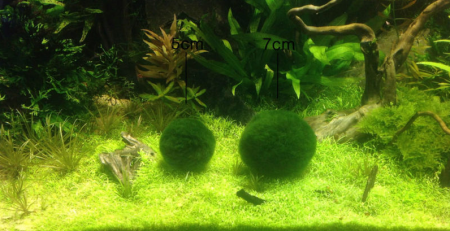
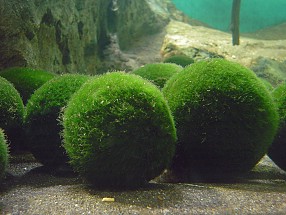
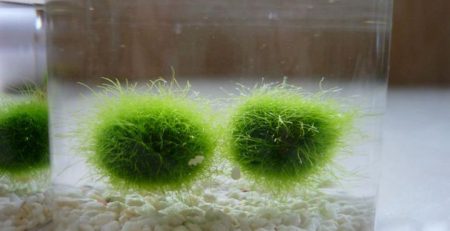
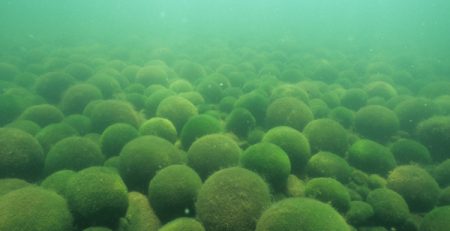
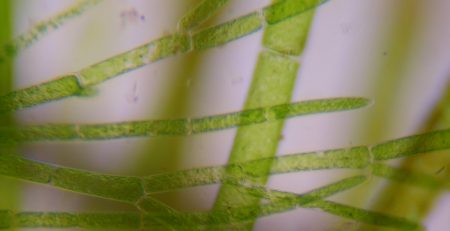
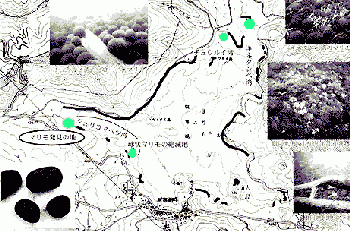

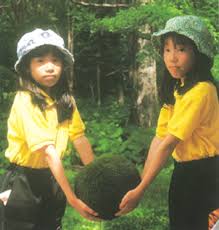
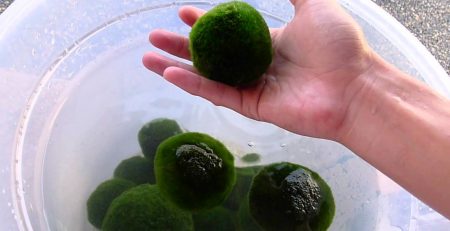
Leave a Reply
You must be logged in to post a comment.